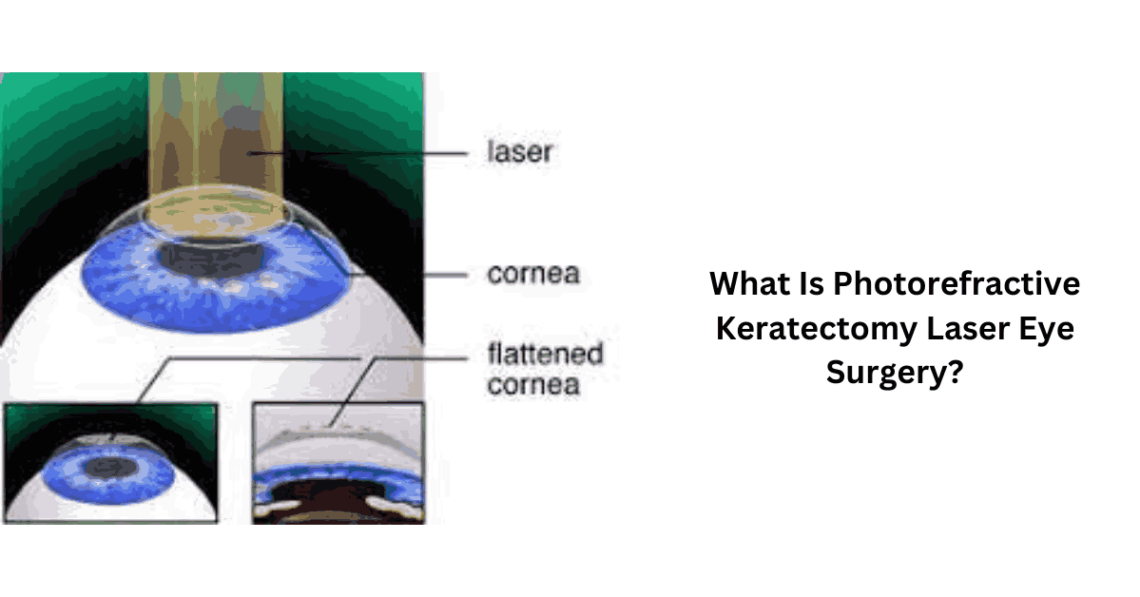
What Is Photorefractive Keratectomy Laser Eye Surgery?
Photorefractive keratectomy (PRK) is a form of laser eye surgery intended to address vision issues like nearsightedness, farsightedness, and astigmatism.
The right candidate for the PRK has a thick cornea. If it is too thin, it may not provide enough tissue to reshape. Here is more information about photorefractive keratectomy:
Pre-operative Examination
Before PRK, an ophthalmologist performs an eye examination to assess your eye health and determine your eligibility for the procedure. The expert then checks your current visual acuity.
The procedure involves testing your vision with and without corrective lenses to ascertain the extent of your refractive error. Your ophthalmologist can also conduct a pachymetry to check if your cornea has adequate thickness for the surgery.
An ophthalmologist can also measure your pupil size in various lighting conditions to ascertain it falls within an acceptable range. Before surgery, the professional can look for any signs of eye conditions,
such as cataracts, glaucoma, or macular degeneration. If the ophthalmologist finds these underlying eye conditions, they can address them before or in conjunction with PRK.
Epithelial Removal and Laser Reshaping
Photorefractive keratectomy laser eye surgery is done in an outpatient surgery center, and it takes several minutes.
On the surgery day, a surgeon applies anesthetic eye drops to numb the surface of the eye and manage discomfort. A qualified surgeon places an eyelid holder on your eye to keep you from blinking.
In PRK, a surgeon applies diluted alcohol solution to the cornea for some seconds to loosen and remove the epithelium. The expert can also use a specialized brush or blade to scrape away the epithelium gently.
After removing the epithelium, the ophthalmologist may ask you to focus on a target light. The professional uses an excimer laser to reshape the cornea by removing tiny amounts of corneal tissue in a highly precise and controlled manner.
The laser breaks the molecular bonds of the corneal tissue without generating heat, minimizing thermal damage to the surrounding tissue. An ophthalmologist can prescribe nonsteroidal anti-inflammatory eye drops and antibiotic drops to boost healing and control infection.
Bandage Contact Lens
After the corneal reshaping, a bandage contact lens is placed on the eye to protect the newly treated surface.
This contact lens is typically worn for several days to promote healing and reduce discomfort. The cornea is sensitive, and after the epithelial removal and laser reshaping, it is vulnerable to dust, debris, and blinking. The contact lens is a barrier, shielding the cornea from irritation or injury.
A bandage contact lens creates a moist environment on the cornea, which can facilitate the healing process. The contact lens helps keep the cornea hydrated and minimizes the risk of complications, such as infection.
Post-operative Care
An experienced ophthalmologist gives you instructions on how to care for your eyes following PRK surgery. Protecting your eyes from excessive UV light is beneficial during the early postoperative period. Sunglasses with UV protection can help reduce the risk of corneal damage due to UV exposure.
You may need to limit certain activities that could disrupt the healing process. This could include avoiding swimming or hot tubs and refraining from using makeup around the eyes.
Exposure to dusty, windy, or dirty environments can cause debris to get into the eyes, leading to irritation or infection. Use protective eyewear, such as sunglasses, to shield your eyes in such conditions.
Follow-up Appointments
During follow-up appointments, your surgeon examines your eyes to assess the healing of the cornea, including the regeneration of the epithelium. The expert can check for any signs of infection, inflammation, or other issues.
Your surgeon can also evaluate your vision during these appointments. They can determine if your vision is stabilizing and if enhancements are needed to achieve the desired level of vision. Your surgeon could also adjust the dosages or frequency of prescribed eye drops based on your progress and needs.
Try Photorefractive Keratectomy Laser Eye Surgery
In PRK, an ophthalmologist applies the laser directly to the corneal surface after removing the outermost layer of the cornea. During your consultation, the ophthalmologist reviews your medical history, including any existing eye conditions, past eye surgeries, and medications. Book an appointment for an evaluation with your ophthalmologist to see if PRK laser eye surgery is right for you.
You May Also Like

Can You Play Guitar Without Reading Music?
March 9, 2023
Unveiling the Remarkable Journey of Buomkouth J. Chuol: A Rising Star in Today’s World
March 8, 2024

